These 14 Bugs Found in Utah Will Send Shivers Down Your Spine
There’s not a single spot in Utah where you won’t find some sort of bug. We found 14 particularly ugly specimens to share here. In this case, we’re counting insects and arachnids as “bugs,” because Utah has too many spiders to leave them out. Whether you find bugs fascinating or disgusting, it’s always good to know what might be lurking in that dark corner in the basement…
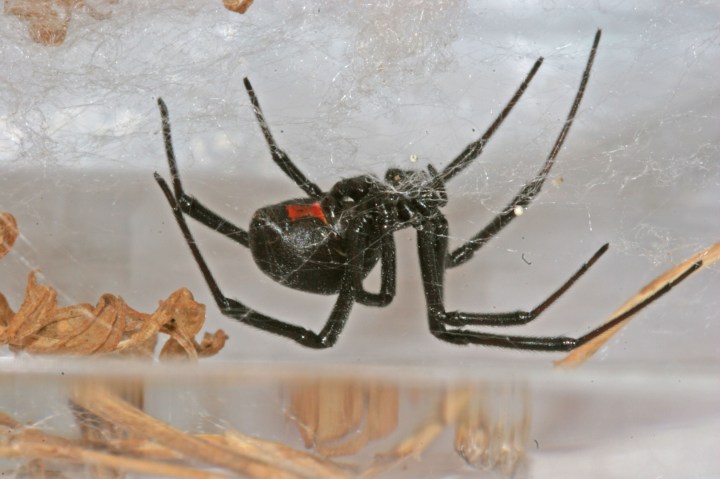
You’ll find black widow spiders all over Utah -- often in your basement or garage. The female is particularly notorious. Not only does she eat her lover after mating, her venom is more potent to humans than her male counterparts. People don’t typically die from black widow spider bites, but the venom wreaks havoc on humans, causing abdominal pain and muscle spasms.
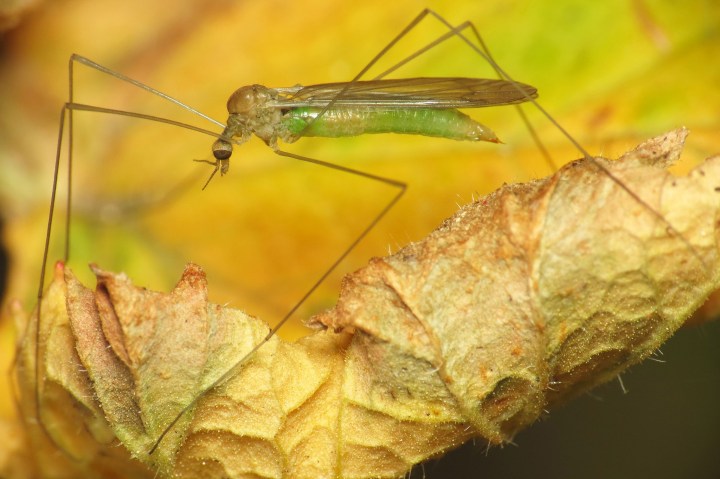
The crane fly looks a bit like a mosquito, but it doesn’t sting or bite humans or animals.
Advertisement
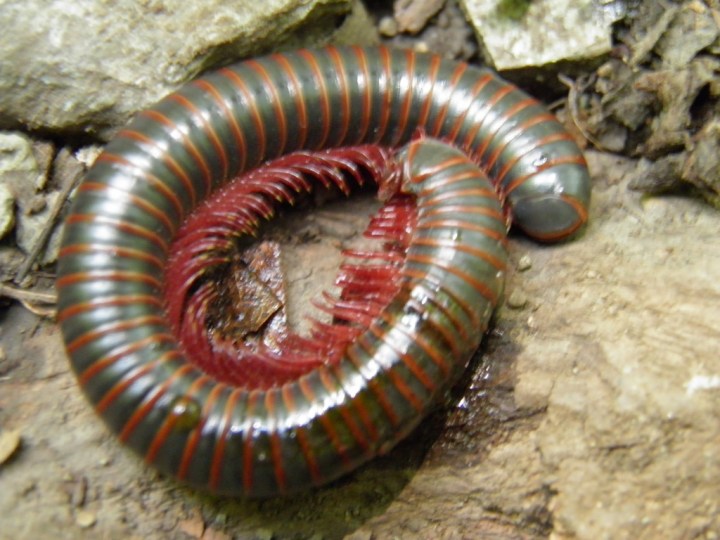
Millipedes don’t really have 1,000 feet, though they do tend to have hundreds. They’ve been around for millions of years -- prehistoric species grew to over six feet long! Luckily, millipedes found in Utah are much, much smaller.
Advertisement
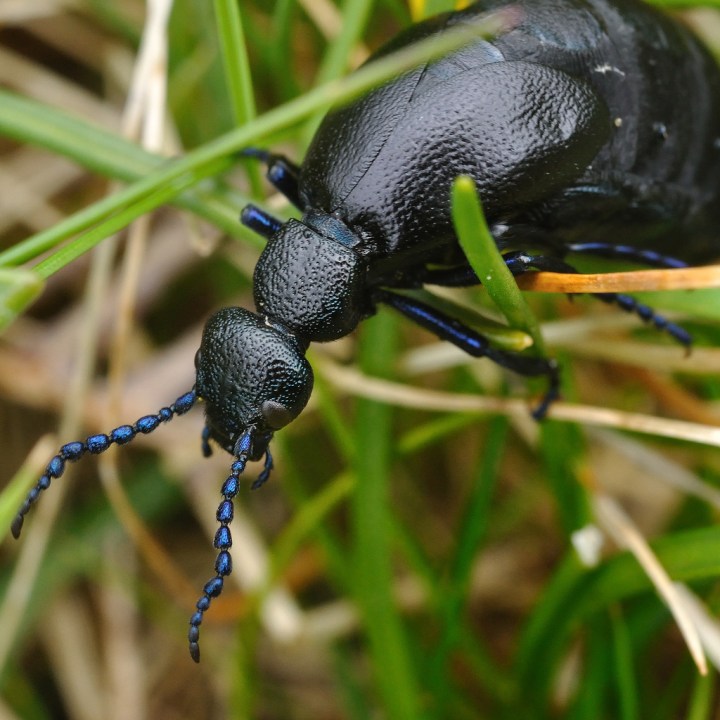
These beetles don’t win the prize for Utah’s Ugliest Bug, but you shouldn’t touch them anyway. Blister beetles secrete a toxin that irritates human skin, leaving a painful blister.
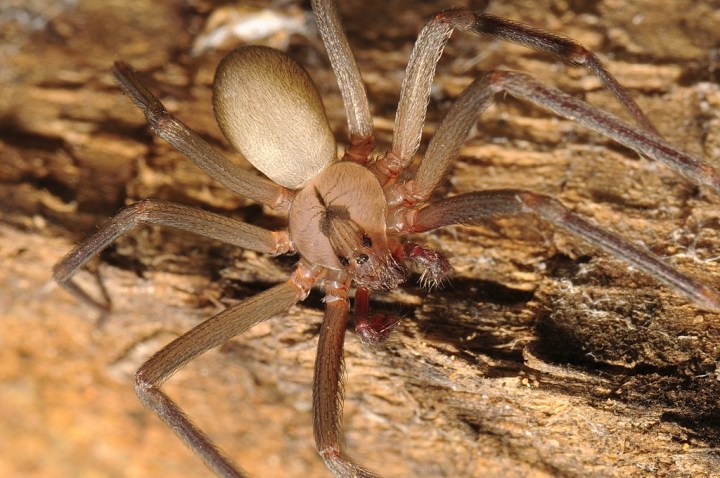
You’ve probably heard that you can identify the brown recluse spider by the violin-shaped mark on its abdomen, but you really shouldn’t get close enough to make a positive ID. Brown recluse toxin causes necrosis in human tissue. If you don’t know what that means, and you haven’t yet eaten lunch, google "Brown Recluse Spider Bite."
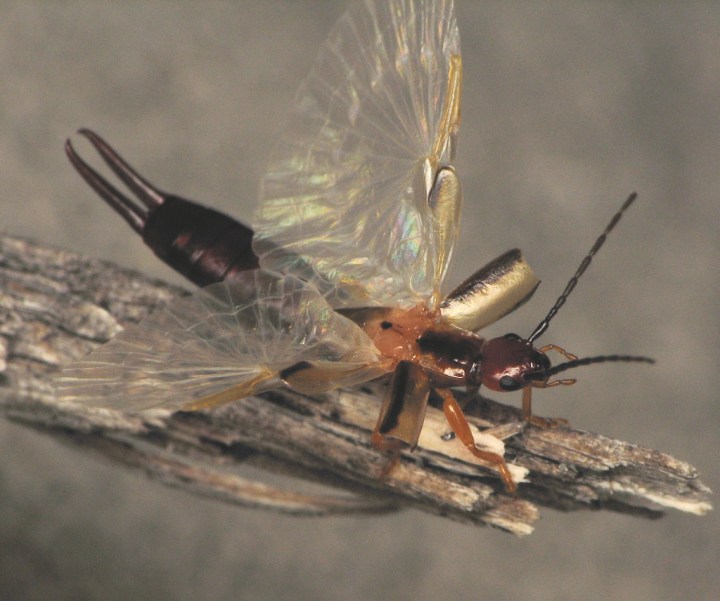
Despite what your big brother told you when you were five, earwigs don’t actually crawl into your ear to lay their eggs.
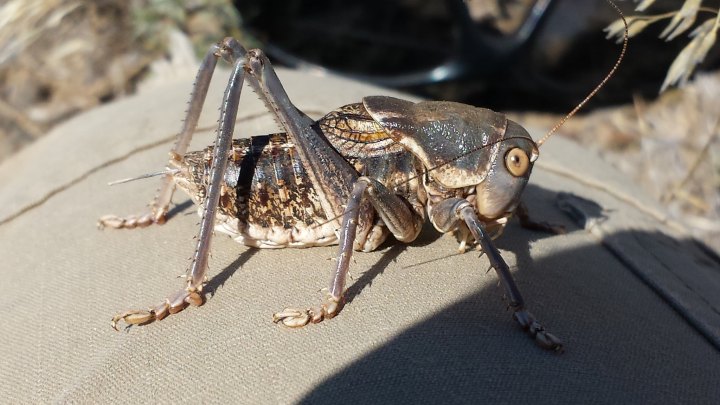
The infamous Mormon cricket nearly killed off the Mormon pioneers when swarms came in and ate most of their crops. Luckily, flocks of California seagulls were close behind, tracking their dinners, and ate most of the crickets. The Mormon cricket is still prevalent in Utah, and will still eat crops, but not usually in large, field-clearing swarms.
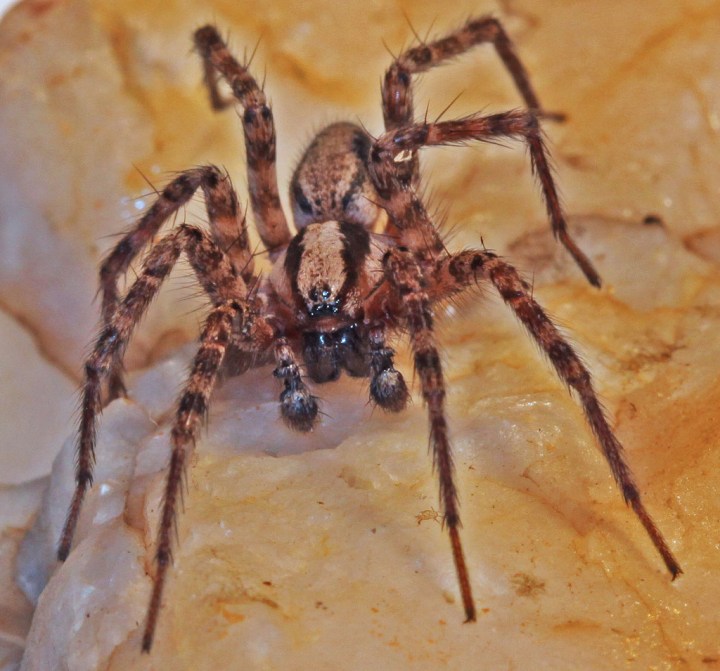
Grass spiders run fast and stun their prey with a toxin that paralyzes. They aren’t venomous to humans, but they’re creepy enough to give them a wide berth.
Advertisement
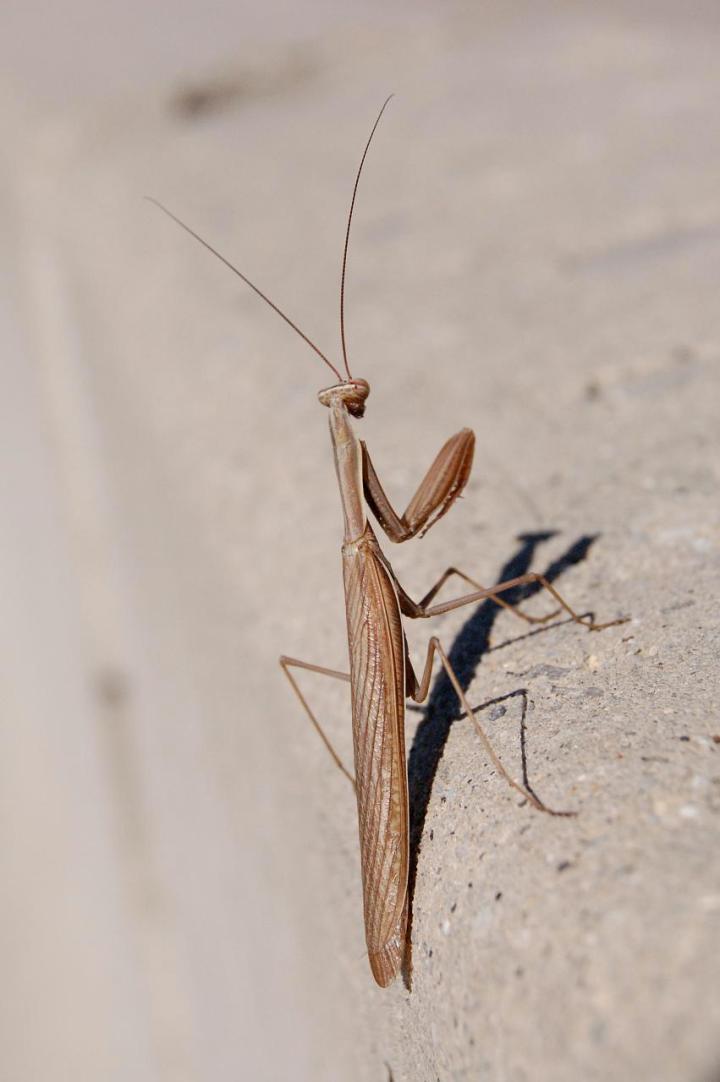
The praying mantis looks like a wise little alien, but it’s really a vicious predator. It uses those "praying" forelegs to grab its prey -- one leg around the insect’s neck; the other around its abdomen. The mantis eats its dinner while it’s still alive -- one slicing, sharp bite at a time.
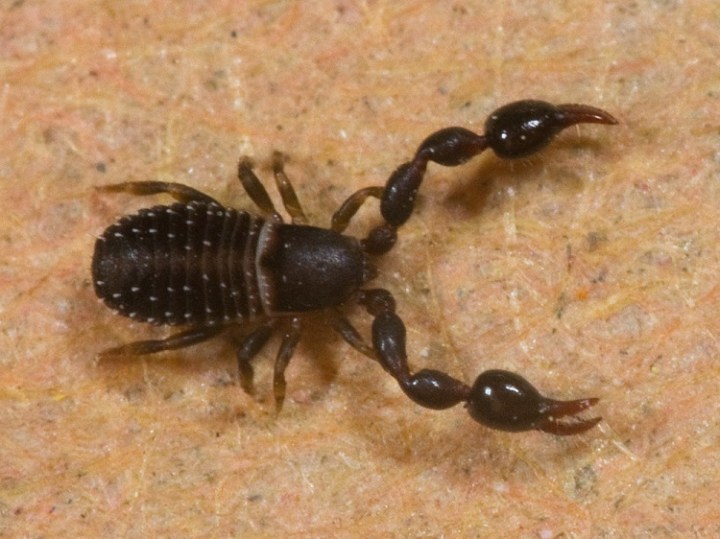
These tiny little insects are just what their name describes: a little bug that looks exactly like a miniature scorpion, but isn’t. They like to eat small moths, lice, ants and mites.
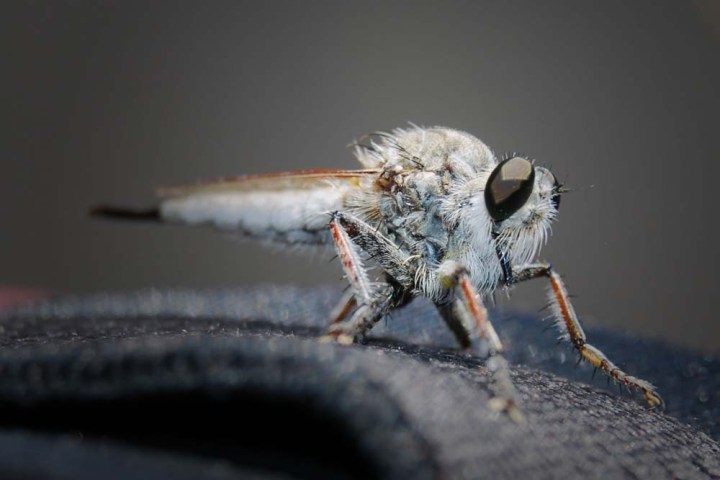
The robber fly has an ingenious way to get food -- it hangs from a tree branch and waits for a flying insect to come along, then grabs it. It’s part of a group of insects known as "assassin flies," because it stabs its prey repeatedly with its sharp proboscis, injecting it with venom.
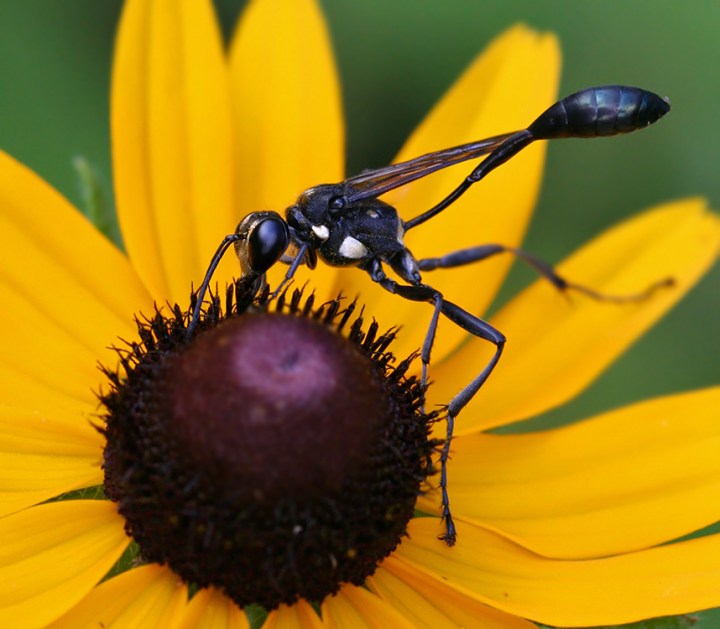
This wasp builds its nest in a burrow of loose dirt. It’s an ambush predator -- it hides in wait for its prey, then stings it and drags it back to its lair with its jaws.
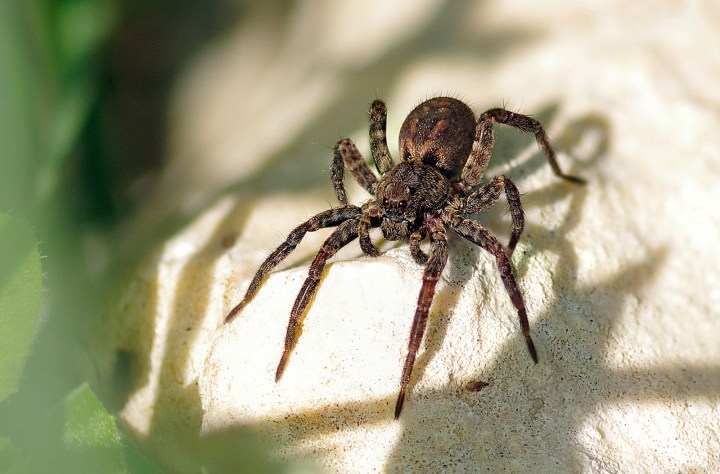
Excellent hunters, wolf spiders usually blend right into their habitat. They don’t usually bite, but their venom is poisonous and causes swelling, itchiness and irritation.
Advertisement
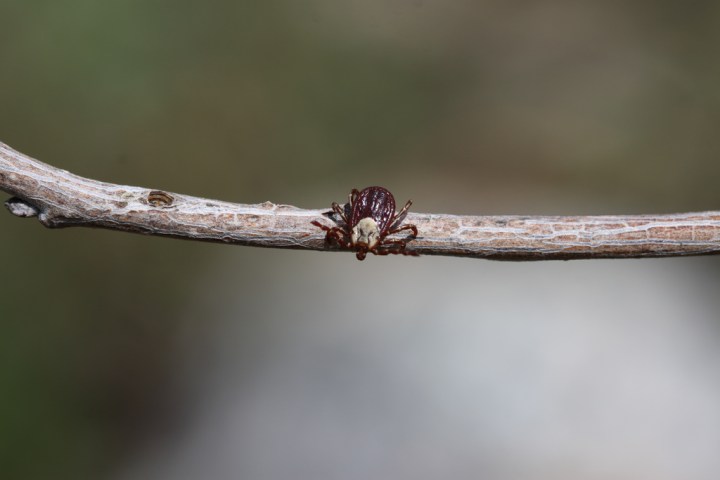
Ticks feed on large mammals -- namely, you and your pets. Once a tick lands on you, it finds a soft, warm spot, then bites into you. The tick’s saliva has a numbing agent, so you rarely even notice that the tick is present. It sucks your blood, engorging itself until it’s double its original size. The Rocky Mountain Wood Tick isn’t done with you when it’s full of blood -- it sometimes leaves behind a bacteria that causes Lyme disease.
Which of these bugs creeps you out the most? Let me know in the comments.
OnlyInYourState may earn compensation through affiliate links in this article. As an Amazon Associate, we earn from qualifying purchases.




